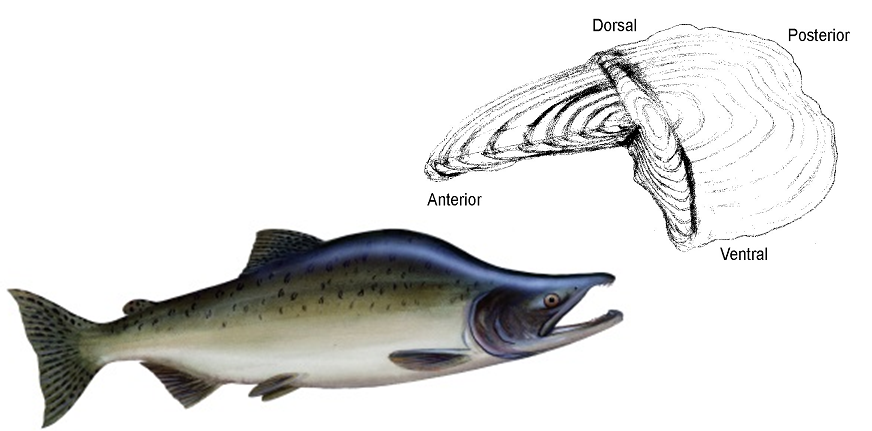Interacting Effects of Ocean Climate and At-Sea Competition on Alaskan Salmon

PROJECT
Interacting Effects of Ocean Climate and At-Sea Competition on Alaskan Salmon
Interacting Effects of Ocean Climate and At-Sea Competition on Alaskan Salmon
Objectives
Ocean conditions have a profound effect on the distribution, growth, and survival of salmon. The Ocean Climate Working Group is supported by the State of Alaska Salmon and People (SASAP), funded through the National Center for Ecological Analysis and Synthesis (NCEAS) based in Santa Barbara, California. The group is led by Dr. Pete Rand of PWSSC and is composed of fisheries scientists, ecological modelers, oceanographers, and climate scientists, and are dedicated to understanding how salmon adapt to changing ocean conditions.
We know ocean temperatures are increasing. We also know there are more salmon in the North Pacific than at any other point in the past 100 years. By accounting for how warming and increasing competition interact to affect salmon survival, we can help inform decision-makers on potential changes in salmon productivity to better plan for an uncertain future.
The effect of temperature and competitors on salmon stocks depends on where the salmon are from - southern (West Coast) stocks experience a decline in productivity with a warming ocean coupled with increasing salmon competitors. Further north (Bering Sea), warming improves survival, while very little competitor effect is seen.
The Ocean Climate Working Group is led by staff from Prince William Sound Science Center (PWSSC) located in Cordova, Alaska. The NCEAS SASAP program is aligned well with the mission of PWSSC to advance community resilience and the understanding and sustainable use of ecosystems.
PRINCIPAL INVESTIGATOR
Peter S. Rand, Ph.D,
Robert W. Campbell, Ph.D,
Kristen B. Gorman, Ph.D
PWS Science Center
prand@pwssc.org
Team Members/Advisors
Andrew Gray, NOAA Fisheries Auke Bay Laboratories; Brendan Connors, U.S. Department of Education Every Student Succeeds Act; Ed Farley, NOAA Fisheries Auke Bay Laboratories; Greg Ruggerone, Natural Resources Consultants Inc.; Jim Irvine, Fisheries and Oceans Canada; Karen Dunmall, Fisheries and Oceans Canada and Freshwater Institute; Mike Malick, Simon Fraser University; Milo Adikson, University of Alaska Fairbanks College of Fisheries and Ocean Sciences; Todd Sformo, North Slope Borough; Richard Brenner, Alaska Department of Fish & Game




